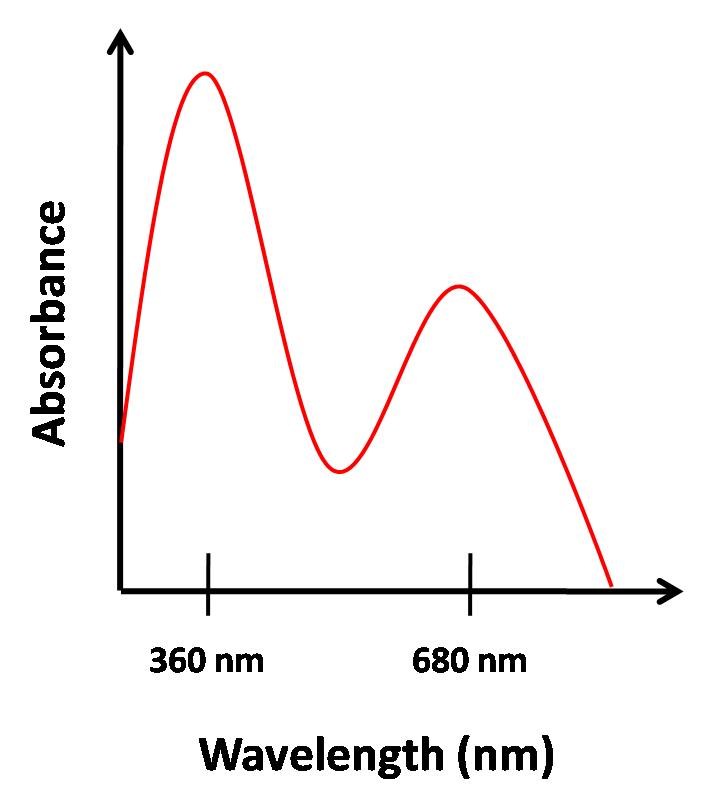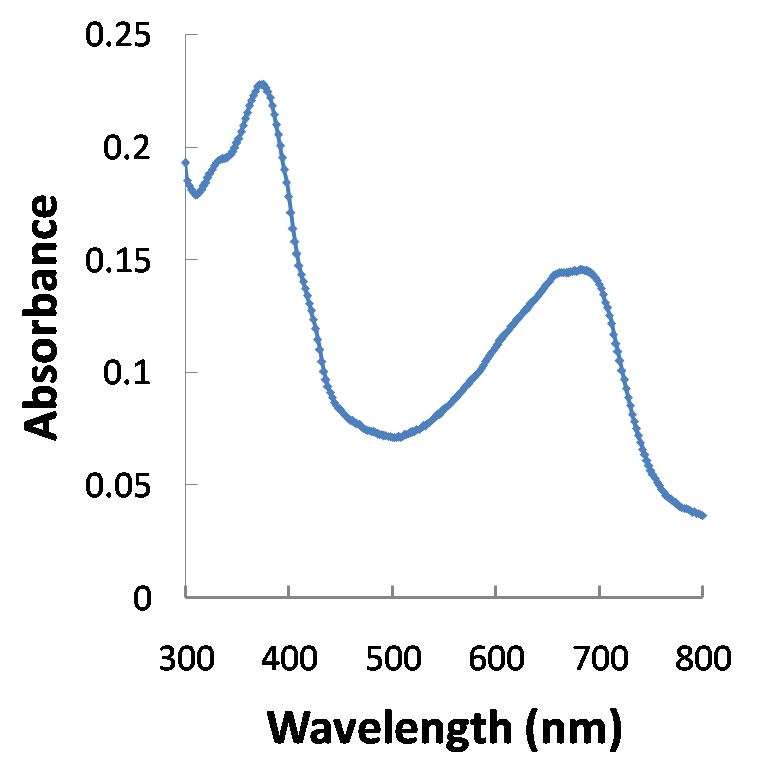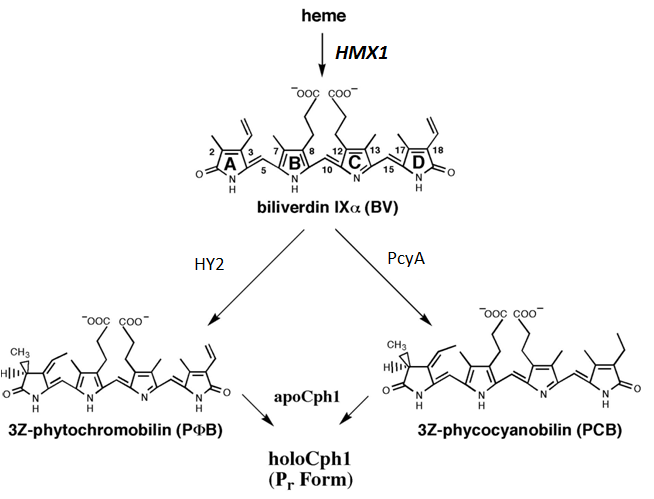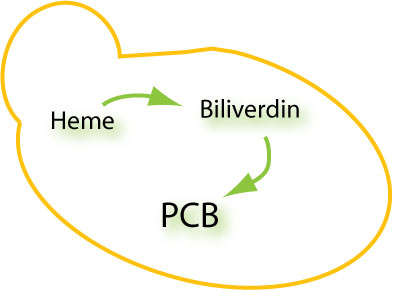Team:MIT/Projects/Project1
From 2009.igem.org
Metabolic Engineering of PCB Synthesis in Yeast
As shown in the image below, phycocyanobilin (PCB) plays a crucial part in the PhyB-PIF3 system. Once PCB is in the active conformation it allows the phytochrome (PhyB) to bind to the integrating factor (PIF3). This image represents an experiment completed by the Quail lab at UC Berkeley, and is actually the basis of our functional assay.
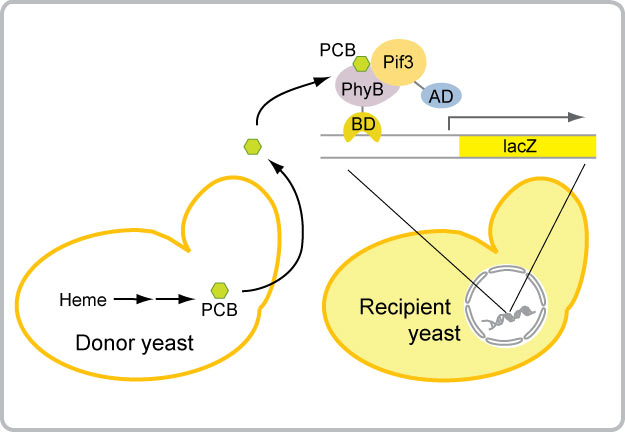
PCB has two conformations, one which is active and the other which is inactive. PCB is initially in the inactive conformation and has the ability to absorb red light, at a wavelength of 680 nm, called the Pr conformation. Once PCB absorbs red light, it switches to the active conformation, called the Pfr conformation. In the Pfr conformation, PCB has the ability to absorb near infrared light, at a wavelength of 720 nm. Once PCB absorbs the near infrared light, it will switch back to the inactive conformation. This is detailed in the image below.
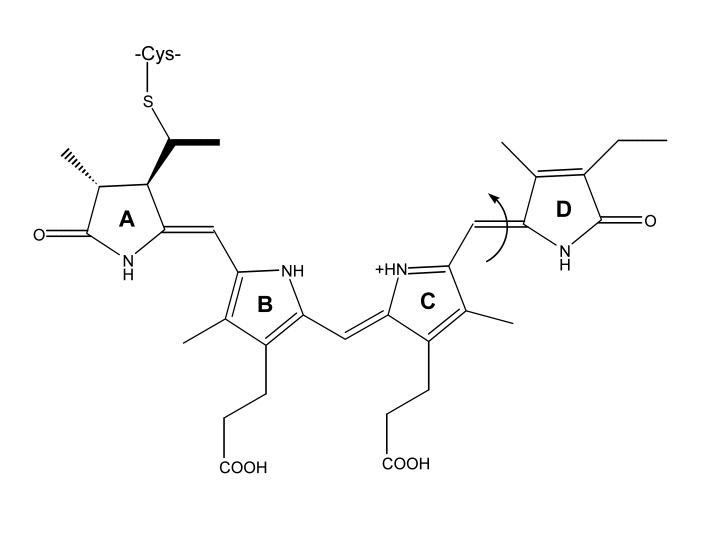
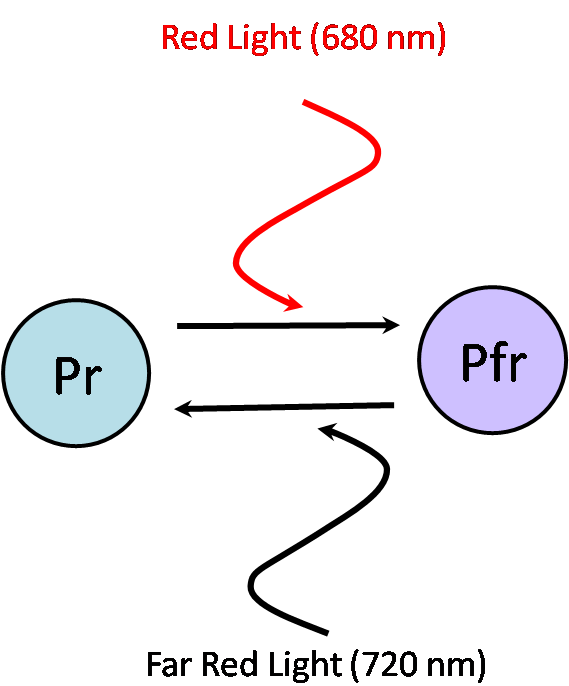
As was said before PCB plays a crucial part in the PhyB-PIF3 system. Without this chromophore it is impossible for this process to continue. We wanted to make this process self-sufficient. Therefore if the yeast was able to synthesize the PCB itself, it would not have to always be supplemented.
Developing the Standard: PCB from Spirulina
We decided to use a standard used in many other experiments involving phytochromes. Phycocyanobilin (PCB) extracted from Spirulina is a commonly used standard, as Spirulina produces a large amount of chromophores. We used Spirulina which was bought at Vitamin World as it is commonly used as a dietary supplement.
Chromophores have a very high absorbance around 680nm. Here is an example of an absorbance spectrum:
We followed the protocol that the Quail Lab used to extract the PCB from Spirulina, and were able to produce the following spectrum:
The concentration is found by this formula:
 "
"
